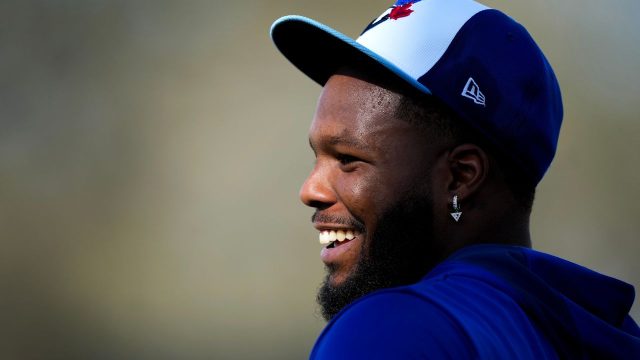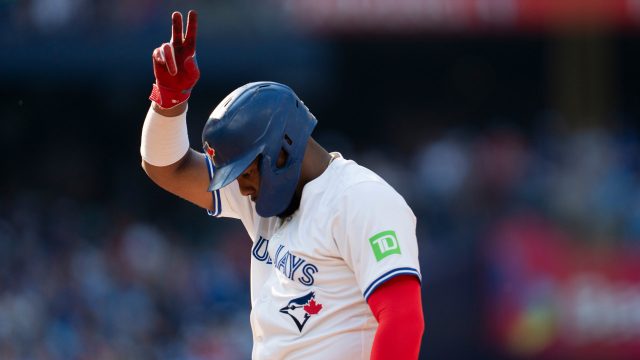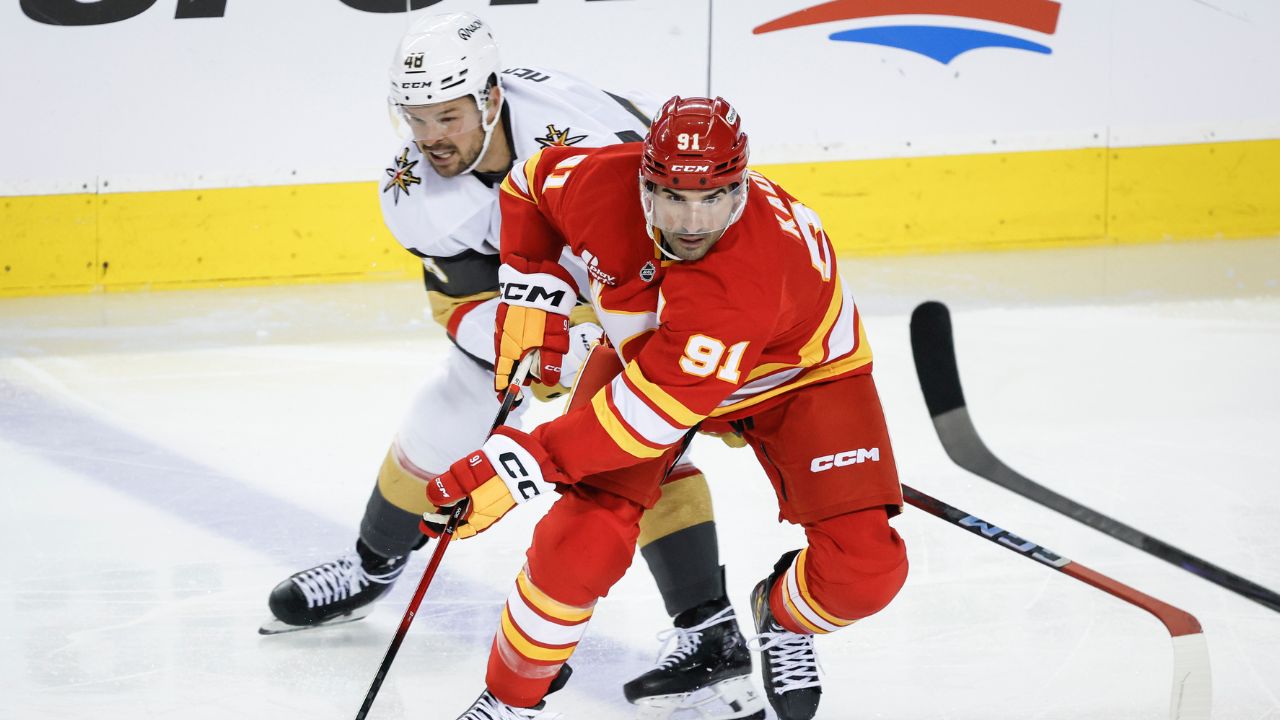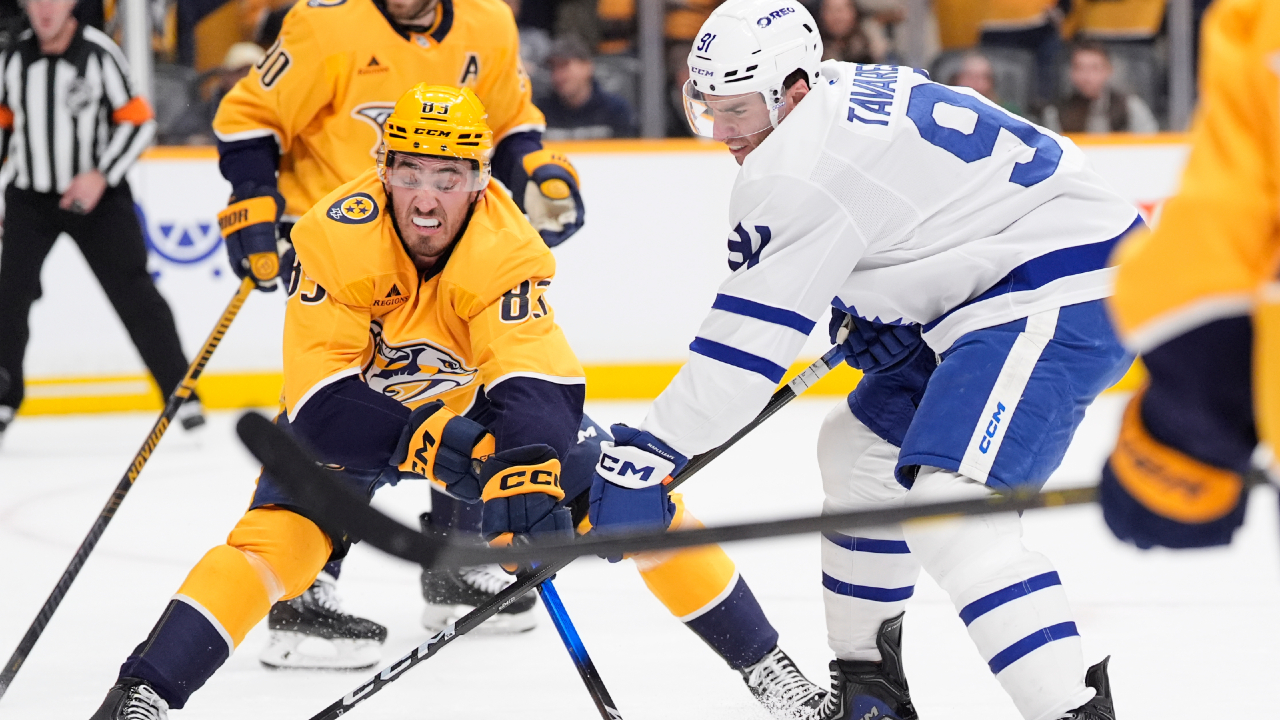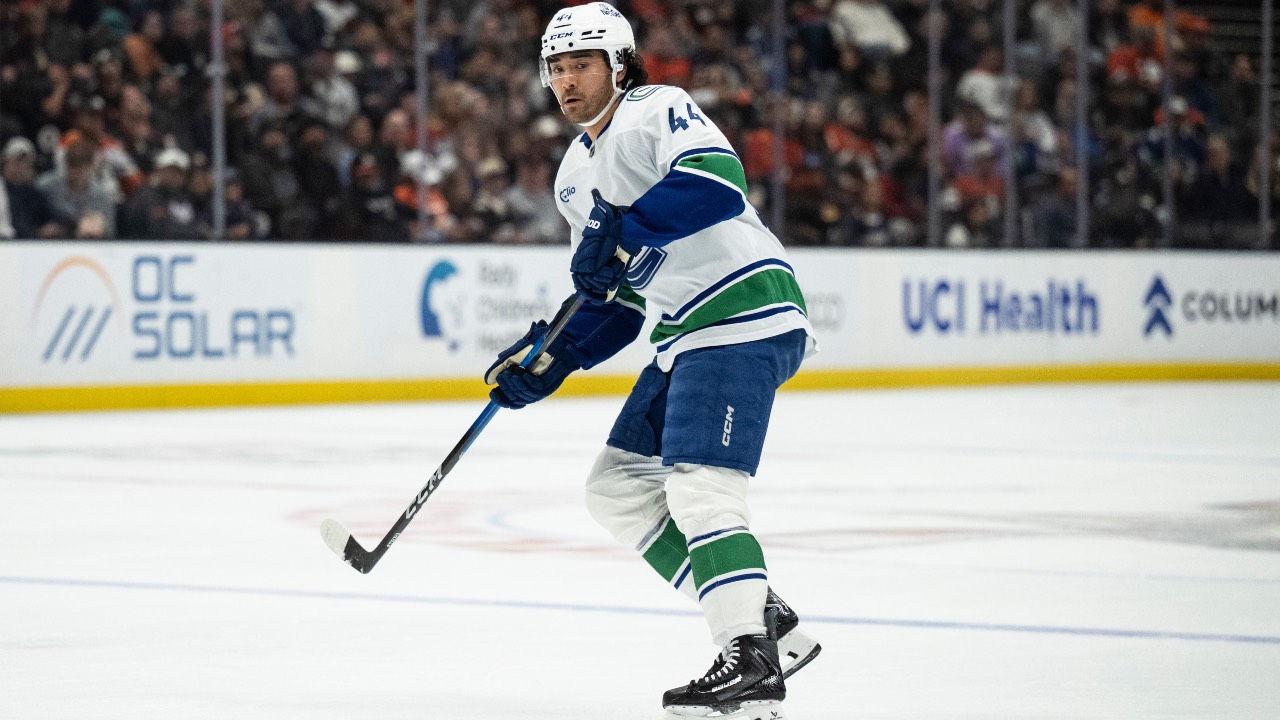
BOSTON — Four years ago, when Francisco Lindor signed a $341-million, 10-year extension with the New York Mets, he secured what was then the third-largest guarantee in baseball.
Notably, the deal was also worth $1 million more than the one Fernando Tatis Jr., also a shortstop at the time, had just signed with the San Diego Padres, so he helped advance the earning power of players on two fronts.
That wasn’t lost on Lindor at the time and it’s even more obvious to him now after four years on the Major League Baseball Players Association’s influential executive subcommittee. Each historic contract helps adjust the yardsticks for future deals, a dynamic he believes is essential for players to consider before they sign extensions.
“You hope the agent educates himself, No. 1, and doesn’t put pressure on the player to sign a contract,” Lindor, speaking in general terms rather than about specific cases, said over the weekend. “No. 2, you hope the player seeks out advice and talks to others and sees that it’s a good market.
“But, also, you hope the player understands themselves. There are some players that can’t perform the year before free agency. There are other players that can perform the year before free agency. You only hope that they understand themselves and they maximize their career.”
-
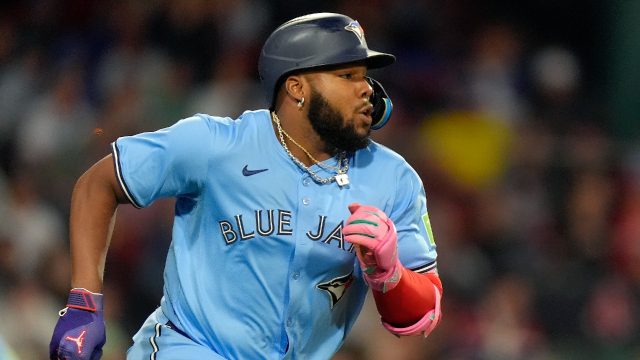
-
MLB on Sportsnet
Watch the Toronto Blue Jays, Blue Jays Central pre-game, marquee MLB matchups, Jays in 30, original documentaries, the wild card, divisional series, championship series and entire World Series on Sportsnet and Sportsnet+.
Vladimir Guerrero Jr., who early Monday morning reached agreement on a $500-million, 14-year extension with the Toronto Blue Jays that’s pending a physical, according to industry sources, definitely understands himself and is certainly maximizing his career. With no deferrals, the contract, once completed, will be baseball’s second-largest ever in terms of present value and the ramifications for the franchise, for other players and across baseball will be significant.
First off, this monumental leap into the top tier of baseball’s financial titans demands a reframing of how the Blue Jays are viewed, as they’re no longer a theoretical threat to enter the mega-contract fray, they’ll soon have proof-of-concept. For anyone skeptical about the sincerity of their unsuccessful pursuits of Juan Soto before his record $765-million, 15-year deal with the Mets this past winter, or Shohei Ohtani prior to his $700-million, 10-year deal (which is valued closer to $460 million due to significant deferrals) with the Los Angeles Dodgers two off-seasons ago, that’s over.
Their will to spend is very real.
More importantly, though, this contract needs to be viewed through the wider ambitions of team owner Rogers Communications Inc., which also owns Sportsnet. Consider that Guerrero’s extension follows last week’s C$11-billion, 12-year extension with the NHL for its national rights and the pending C$4.7 billion purchase of Bell’s 37.5 per cent stake in Maple Leaf Sports & Entertainment, a likely precursor to eventual total consolidation of the multi-sport entity.
Once that happens, Rogers will control one of North America’s largest sports empires and its increasingly valuable live content, along with the Sportsnet platform through which to deliver it. As such, Guerrero isn’t just a foundational piece for the Blue Jays on the baseball field, but also for the wider Rogers sports enterprise, which also helps explain the club’s push higher and higher up the payroll ladder.
Blue Jays fans still scarred by the franchise’s periods of austerity under previous owner Interbrew S.A. in the mid-to-late 1990s and the early years of Rogers’ control in the first decade of the century, may understandably wonder about the sustainability of the current transformation.
But the club has built the business infrastructure to support this leap in recent years, underpinned by the Rogers Centre’s more than C$400 million renovation driven by president and CEO Mark Shapiro.
Now, the baseball team must be worth watching to keep the feedback loop going, which makes a sudden payroll retreat far less likely, even with the ongoing pressures against the Canadian dollar amid wider economic instability.
While the currency challenge is a 1-of-30 problem, the need to field a quality product is far more universal, which is why Guerrero’s extension should benefit his fellow players in multiple ways, the way Soto’s deal helped draft him upward.
Among the 10 biggest contracts in baseball history, including Guerrero’s pending deal, only four have come via free agency, underlining how rarely top talents reach the open market.
Negotiating with one team, rather than several, makes it difficult for players to fully max out, of course. Soto, for instance, turned down a $440-million extension from the Washington Nationals only to earn $54 million more in arbitration before landing a contract worth 74 per cent more than the one he turned down, while Aaron Judge turned down $213.5 million from the Yankees before signing back as a free agent for $360 million, a 68-per-cent boost.
Perhaps Guerrero could have beaten $500 million on the open market, but in turning down smaller but significant offers before getting the number he did, he surely raised the floor for Kyle Tucker, the Chicago Cubs outfielder now positioned as the top pending free agent in next winter’s market, and teammate Bo Bichette, whose contract also expires after the season.
The benefits for top-end players are obvious, but there can be spin-off effects for middle-tier players, too, as clubs without the wherewithal to bid at the top end of the market are forced to compete harder at levels they can afford.
All of which reinforces why teams not only should, but need, to extend their top players earlier and earlier in their careers, as has been the recent trend.
Imagine, for instance, what Bobby Witt Jr.’s number might be if the Kansas City Royals hadn’t signed him to a $288.8- million, 11-year extension after just two big-league seasons. Or Julio Rodrguez had the Seattle Mariners not guaranteed, during his rookie season, $210 million over 12 years in a deal that can max out at $470 million.
The Atlanta Braves similarly shook the industry in 2019 when they gave Ronald Acuna Jr. a $100-million, eight-year extension after only 115 big-league games. But even if the $17-million club options in it are exercised for 2027 and 2028, the club has derived tremendous surplus from a contract that now looks remarkably one-sided.
To that end, the recent extensions guaranteeing Jackson Merrill $135 million from San Diego and Kristian Campbell $60 million from Boston are byproducts of this changing landscape.
Gunnar Henderson, for instance, won’t be eligible for free agency until after the 2028 season, but given the way his career and contract totals are trending, locking him up early is only becoming more difficult for the Baltimore Orioles.
So, the lesson is, strike early with elite young players or risk paying close to, if not exactly, what the market dictates. That’s what happened to the Blue Jays with Guerrero, who with an initial signing bonus of $3.9 million in 2015 plus another nearly $71 million in earnings since then leading into his half-a-billion payday, has both maximized his own value, while driving the overall player market forward, too.


